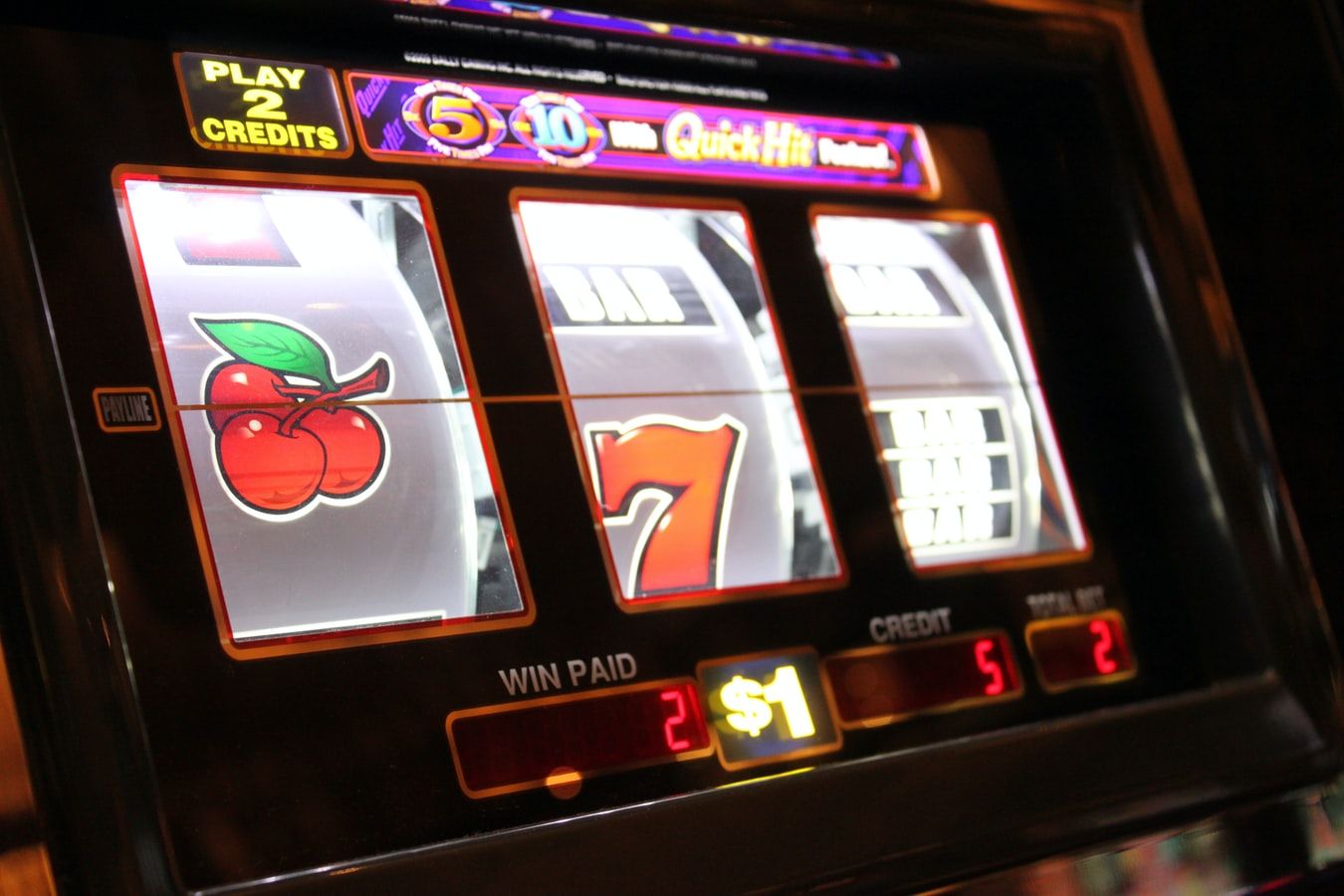
The World’s First Slot Machine and How It Compares to Today

Whether you call them puggies, fruities, pokies, fruit machines, one-armed bandits or just plain old slots, these gambling gizmos have been around for a very, very long time. But what’s interesting is how much today’s state-of-the-art video slots have in common with their dusty old ancestors from the 19th Century.
One of the earliest precursors to slots as we know them was created by a New York company, Sittman and Pitt. Launched in the early 1890s, it featured five reels depicting playing cards. By adding a nickel, you’d make them spin and hopefully come up with a winning poker hand. It became a popular plaything at drinking dens throughout the city. Significantly, though, the machine itself didn’t pay out winnings. Instead, the player would go over to the bar and collect freebies depending on what came up on the reels. Say, a free beer with a pair, or cigars with a royal flush.
The system was simplified by 19th Century Bavarian-American inventor Charles Fey, who devised a device with three reels featuring symbols including diamonds, spades and images of the Liberty Bell, which gave the machine its name. The player would set the reels spinning by cranking a level, then get an instant cash payout if the right symbols aligned. This was the true forefather of contemporary slots, and was a huge success, inspiring many rival imitators and variations.
There’s some ambiguity about how slots evolved after that, with a lot of internet rumours and hearsay floating around. However, it’s generally thought that fruit symbols began appearing on reels as some machines had chewing gum vending machines attached to them. The famous BAR symbol is thought to have originally represented a stick of gum.
Slots came to the burgeoning gambling haven of Las Vegas in the 1940s, where they were promoted by the mobster and casino entrepreneur Bugsy Siegel. It was in the 1960s that the next major milestone in slots gameplay came, with the arrival of Money Honey, the first electronically operated slot. Created by Bally Manufacturing, its use of electrical lighting and sound effects made it a dazzling, exciting change-up from the more low-key, purely mechanical slots. On top of that, it boasted more payline opportunities and a larger hopper for bigger payouts.

In the following decade, a firm called Fortune Coin Co. took things up another notch with the release of the first ever video slot. This featured a Sony television set embedded in a cabinet, and soon became a popular fixture in the casinos of Las Vegas. Its use of computer graphics would herald new possibilities which would bear further fruit with the rise of online slots games decades later.
Anyone who plays slots at online casinos will have spotted how the early popular mechanics from these pioneering years can still be found in the games featured at the best slot sites. Today’s multiple paylines and immersive visual effects stem directly from this trailblazing 20th Century machines. What may come as a surprise, however, is that progressive jackpots have been with us for a very long time as well.
Synonymous with top online slot sites, progressive jackpot games have prize pots that get bigger and bigger the more people play these titles across different casino sites, leading to potentially life-changing payouts. This has its origins in the late 1980s, when Nevada casinos embarked on the Megabucks program, connecting up hundreds of slot machines in different casinos to provide immense jackpots to some very lucky players. One of the earliest winners, according to a New York Times article of the time, was a certain Mr Terry Williams of Los Gatos, California, who won an impressive $4,988,842 on a single day in 1987.
Megabucks was developed by IGT, a major name in the gambling industry whose games you’ll still see at online slot sites today. IGT and fellow software developers like Microgaming, Playtech and Play’n Go continue to push the boundaries of what slot games are capable of, with life-like computer graphics, celebrity cameos, games-within-games, arcade-style levels and shape-shifting reels. Yet, as we’ve shown, all of these flashy, contemporary innovations rest on fundamental gameplay principles that were developed generations ago – which is a testament to the sheer ingenuity of those early inventors.



